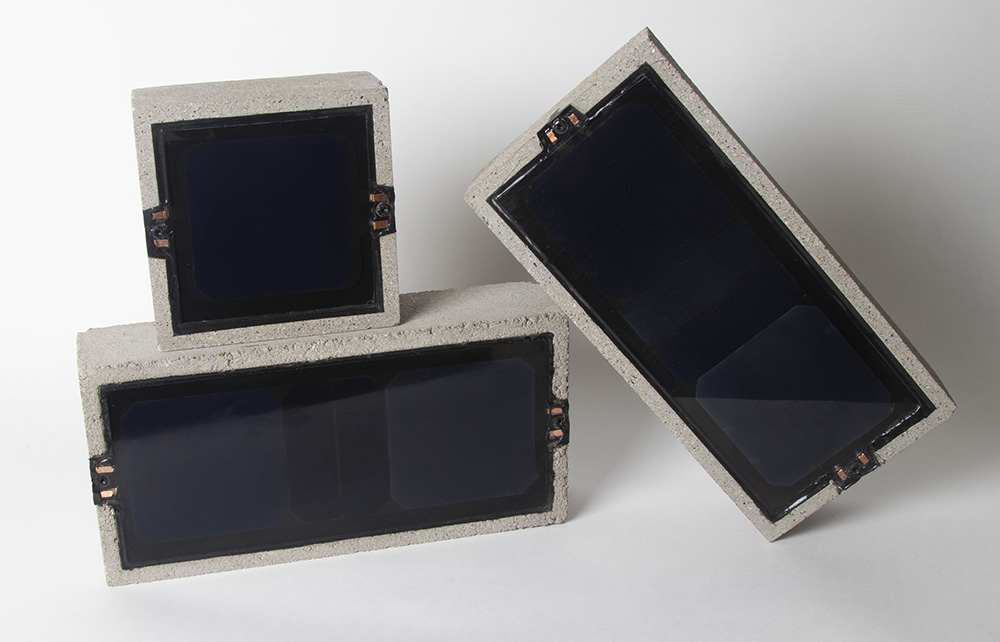A closer look at the changing landscape for solar energy: Key trends to watch in 2019 - by Craig Huntley

Solect Energy
As real estate developers and property owners across the state fine tune their forecasts for existing buildings and new projects for 2019, its worthwhile to take a closer look at the changing landscape for solar energy. Massachusetts has been a regional leader for solar friendly policies and the deployment of solar energy. For 2019, the Commonwealth is making a number of significant changes to its incentive programs that are particularly helpful for commercial real estate owners and may serve as an example for other states. In addition, new technologies and approaches are continuing to drive down costs and enhance returns through innovative O&M practices. We take a look at three trends, (revised solar incentives, energy storage and new O&M opportunities) that should drive the market in the next year.
Attractive Incentives/Predictable Financing Under SMART (Solar Massachusetts Renewable Target). The new solar incentive program from the Massachusetts Department of Energy Resources which is rolling out the end of 2018 offers many attractive benefits for building owners.
• Project cash flows are more predictable under SMART because the tariff rate is locked in at the start of the project and paid monthly, so revenue streams are predictable for 20 years (as opposed to ongoing monthly aggregations and yearly auctions under the current SREC program).
• Predetermined rates simplify forecasting: Building owners earn a predetermined rate for the energy they produce. In addition, they will get paid directly from the utility every month as opposed to quarterly with no predetermined value for SRECs. All of this will make it much easier to predict revenue and energy cost savings.
• SMART has attractive “adders:” Essentially additional incentives that are designed to encourage specific types of projects. These are in addition to the base tariff rate for projects providing additional benefits to the community; such as low-income housing, building mounted, public, or a project sited on a landfill.
• Lease Your Roof and Maybe Finance a New One: This deserves a closer look. Would you like to add a new revenue stream to your building and benefit from a new roof at the same time? A key provision in SMART is the ability to more easily create “stand-alone” solar projects, meaning that they are no longer behind the meter. Now building owners can install projects and sell the energy directly to their utility, and at a predetermined monthly price for 20 years. Owners aren’t burdened with finding/engaging tenants or other off-takers (energy consumers). Also, since the “customer” for the power is your utility, owners benefit from an investment grade credit entity. This combination of fixed monthly payments and an investment grade credit allows solar developers to structure deals that can include the costs of roof upgrades and even new roofs as part of the solar project.
Solar + Storage: There is a lot of excitement in the state, and across the country, about energy storage and its potential in the commercial and industrial (C&I) sector.
• Storage Reduces Peak Demand Costs and Builds Resiliency: Working in tandem with a rooftop solar PV system, an energy storage system allows a facility to generate its own power, store it and use it when needed. Building owners benefit by reducing expensive demand charges, avoiding time-of-use rates, providing power quality assurance, and in some cases enabling back-up power when needed. We expect 2019 to be the year that truly launches energy storage with a spate of new incentives, including a storage “adder” in the SMART program, as well as new incentives for “active demand management” being developed through the State’s energy efficiency programs and expected to start next year. Massachusetts will also be developing rules for a “clean peak standard,” which will be another revenue opportunity for owners of solar and storage systems, though this program will be a bit further out with a scheduled start date of Jan. 1, 2020.
Cost Effective O&M Services: New technology and more sophisticated software offer unprecedented insight into ensuring that a solar system operates at peak capacity.
• New data acquisition systems (DAS): Make it possible to remotely and constantly monitor a solar energy system. Your service providers will know if your system is working at maximum efficiency and will be alerted immediately should your array experience a loss in production. These tools can also be used to track a building’s overall energy use, providing helpful information that can give property managers and owners insights into where they might implement additional energy reduction measures.
• Drones have emerged as a cutting-edge tool in the O&M toolkit: Equipping drones with infrared cameras allows a solar service provider to identify specific panels or other pieces of equipment that are not performing properly–in a fraction of the time it might take manually. This reduction in man-hours is highly cost effective. By speeding up the time of issue identification, diagnostics and correction can be more addressed immediately ensuring an array can quickly get back up and operating at peak efficiency.
• New user-friendly interfaces and reports: Show how much energy the system has produced and track SREC (or other incentive) payments. This makes it easier to understand how a system is contributing to your bottom line, making fiscal planning easier. It will also give you a clearer picture of how much energy you are generating versus how much you are still buying from the utility. An added bonus is that these systems provide the data necessary to identify any discrepancies on your utility bill.
As you plan your budgets for 2019, it is worth calculating the benefits of solar energy, and how it can shine a brighter light on your bottom line.
Craig Huntley is co-founder and CDO at Solect Energy, Hopkinton, Mass.
Bridgeport implements energy efficiency plan with utility partners and regional business council








.png)